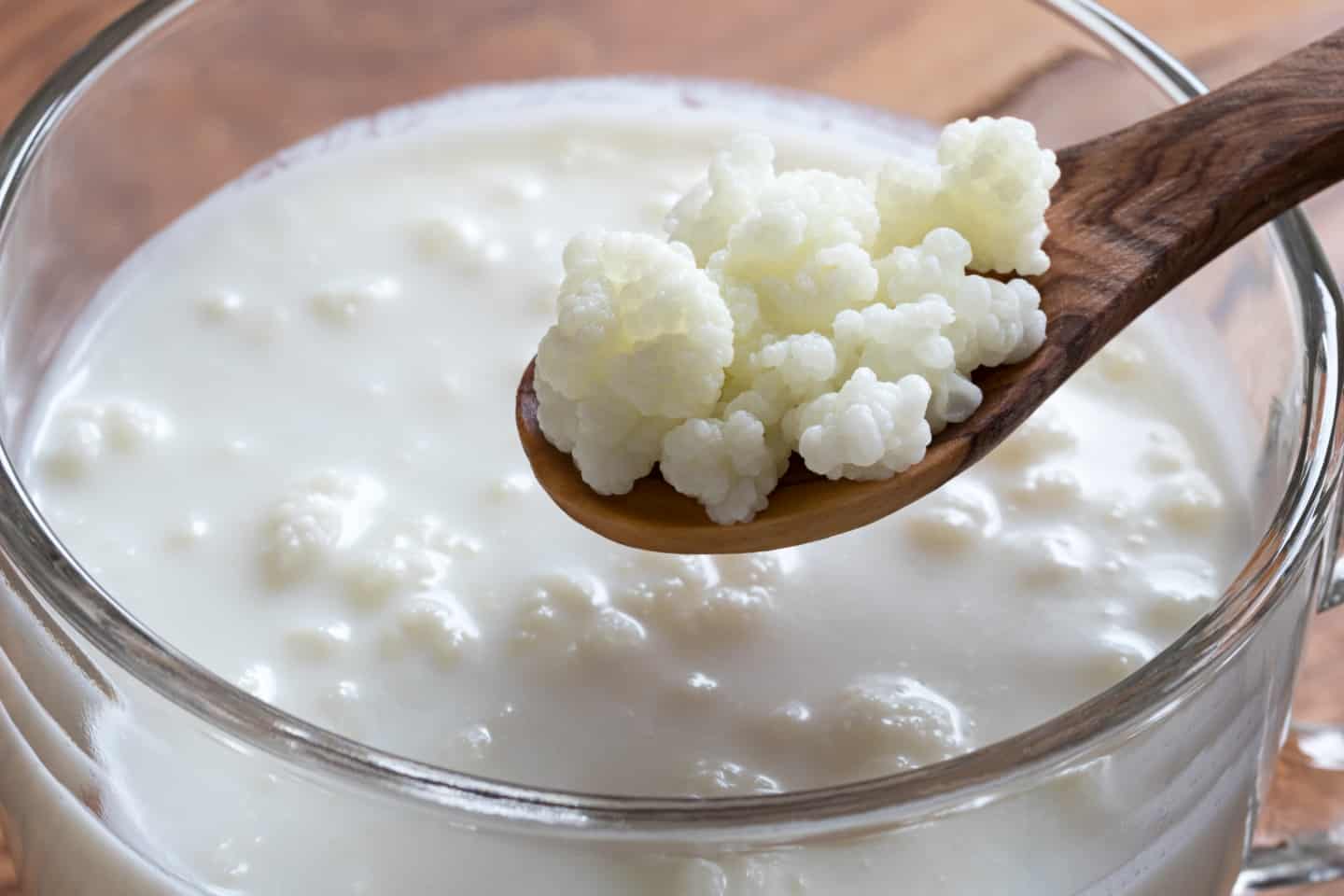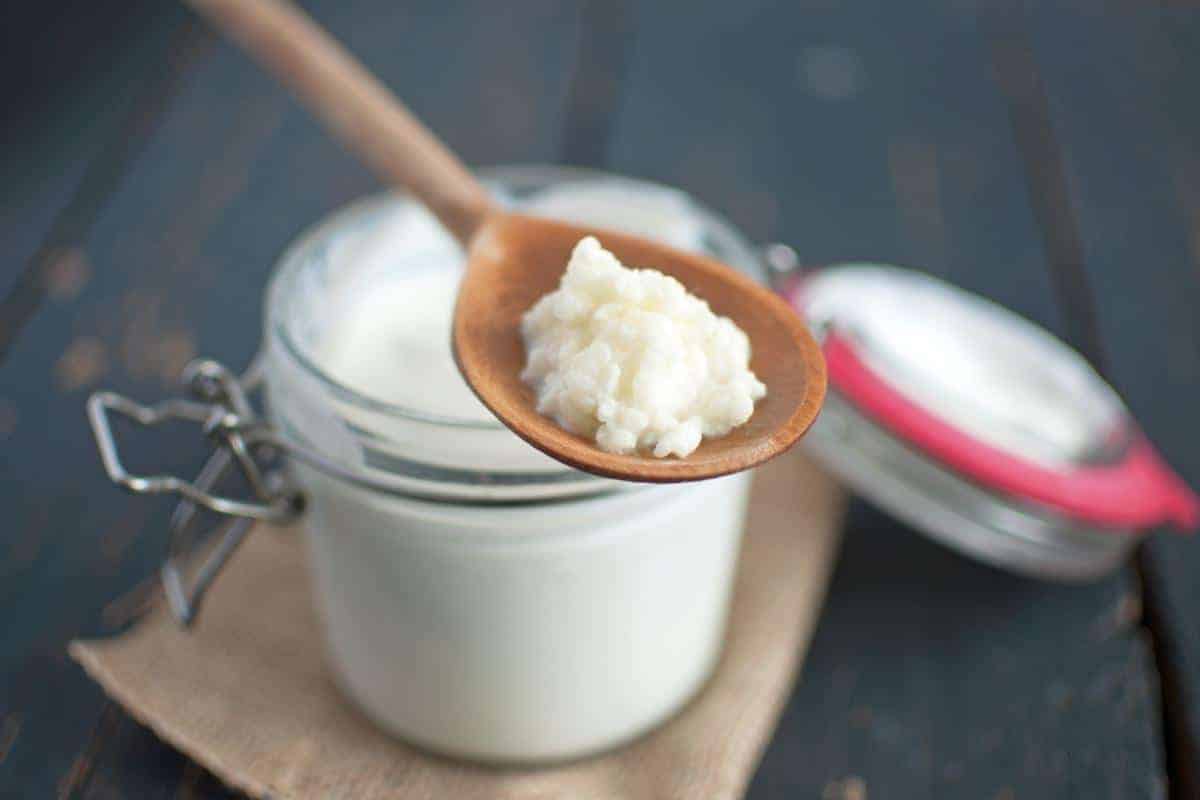How Do I Know If My Kefir Grains Are Dead?
Kefir has several health benefits, and it is something that you can easily produce at home. With that said, there are certain challenges that you may encounter when you are making kefir. For example, you might not know how you can tell whether your kefir grains are dead.

Monitor Your Grains Closely
The easiest and most effective way to determine whether your grains are dead is to monitor them closely. It would be best to regularly monitor your grains to look out for signs of problems.
You should not just be relying on your eyes when figuring out whether there is an issue with your grains. You should also be using your nose as well.
If your kefir grains have an unusual smell or if they appear to be discoloured in some way, that is a sign of a problem.
It would be best if you also looked for signs of mould.
If you pay close attention to your culture, you can spot these kinds of issues immediately.
Try to Revive Your Grains
If your grains have become mouldy or smell rancid, the safest thing to do is throw them away.
However, if you are starting to see warning signs, it may be possible for you to revive your grains so that you do not have to start over from the beginning.
Reviving grains is easier than you might think. In many cases, simply storing your grains in the freezer for a period will be enough to revive them. You can also try straining the fermented milk.
This can be especially helpful if you are trying to revive grains shipped to you.

Make Sure You’re Properly Storing Your Grains
If you frequently have issues with your kefir cultures, you’re likely not storing your grains properly.
It would be best if you tried to find a better storage solution so this is not an issue going forward.
Your grains should be stored in an area where they will not be exposed to direct sunlight. For example, you may want to keep them inside a dark cupboard.
You will also want to ensure that the area you store your grains in is not damp or humid.
This could have an impact on your kefir cultures. Proper storage is key if you want to make your kefir.
Break Up Grains When They Become Too Large
When you are producing kefir cultures, you will be nourishing your grains. This could cause the grains to grow, which could cause issues for you.
That is why, if you notice your grains are starting to get large, you’ll want to take the time to break them up.
This might sound like a complicated process, but it is much easier than you think.
In many cases, you can break up grains simply by shaking the jar that they are stored in.
If this does not do the trick, then you should be able to break the grains up by gently rubbing them with your clean fingers.
Make Sure You Have A Reliable Guide
One of the biggest reasons people have issues making kefir at home is that they do not have any real guidance.
You should ensure you find a detailed guide that will tell you exactly what you need to be doing and what you need to watch out for.
If you have a guide you can follow, you will not have to rely on guesswork. You can follow clear instructions, which means you will get better results.
Since many people are interested in making their own kefir, you’ll find plenty of guides out there.
You can even find video guides to see what you should be doing. Stick to the instructions, and you will get better results.
It is best to Be Cautious
It is best to start over if you do not know whether your kefir is safe to drink. There is no reason to put yourself at risk if something about your grains seems off.
If you have a good guide, you can revive dead kefir grains, but that does not mean you should drink something that seems unsafe.
Trust your judgment when you enjoy the kefir you have made at home. If you suspect that there are safety risks, then you should listen to your instincts.
Once you become more comfortable with producing kefir at home, you will better understand what is and is not safe.
Making kefir at home can be rewarding, but you should ensure you do things safely and correctly. If you know how to tell if your kefir grains are dead, it is far less likely that you will have issues in the future.
How do I know if my kefir grains are dead?
Dead kefir grains typically appear shrunken, discoloured, and lifeless. Here are some common characteristics of dead kefir grains:
- Shrinking: Dead kefir grains often shrink in size compared to healthy, active grains. They may become noticeably smaller and more compact.
- Discolouration: Instead of their usual creamy or off-white colour, dead kefir grains may appear yellowish or brownish. The colour change is a sign that the grains are deteriorating.
- Lack of activity: Healthy kefir grains are alive and active, fermenting the milk to produce kefir. Dead grains lose their vitality and do not exhibit any fermentation activity. They won’t multiply or produce kefir when placed in milk.
- Softness or mushiness: When kefir grains die, they can become softer and lose their characteristic firmness. They may feel mushy or squishy to the touch, indicating a loss of structure.
- Foul odour: Dead kefir grains might emit an unpleasant or rotten smell. This odour is distinct from fresh kefir grains’ sour, tangy scent.
It’s important to note that kefir grains are resilient and can often be revived if they are weakened but not completely dead. However, if the grains have been dead for an extended period, obtaining new, healthy kefir grains may be necessary to continue making kefir.
Does kefir fit well into your diet? Is it something you would like to try? I am intrigued about it; maybe we should all try it this summer.